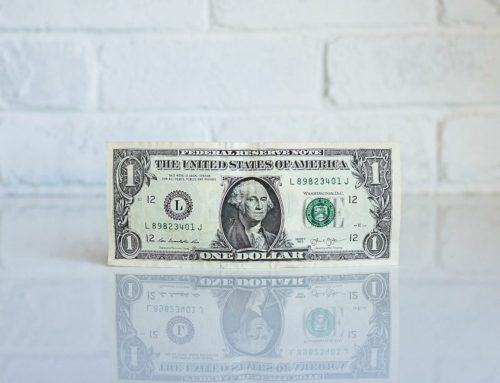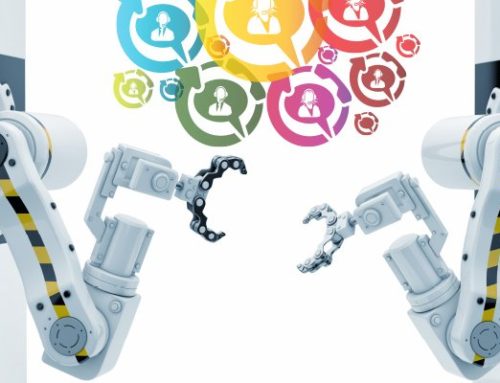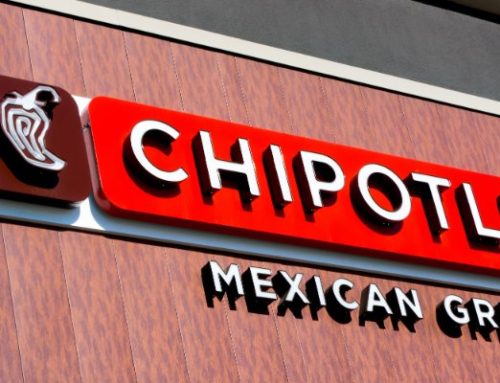One Powerful Lesson

Demand News • June 2, 2016
In 1989, the New York Times ran an article lamenting the plight of consumer electronics retailers. They painted a picture of fire and brimstone for companies that rode the wave of booming VCR sales and now struggled to find new avenues for profit. To see this sweeping decline in sales, interest and ideas was cause for concern for shareholders and corporate executives.
Of course, it wasn’t all bad.
“…There is one striking exception: Circuit City Stores Inc. Profits for the chain, which is based here, have risen every year since 1980, and tripled since 1986 to reach $69.5 million in fiscal 1989, ended in February,” the article read. “The company has a dominant position in almost every city in which it competes, and is expanding its store base by 25 percent a year despite the sluggish retail electronics environment. With 133 stores, and revenues expected to top $2 billion this year, Circuit City has emerged as the undisputed leader among chains of stand-alone electronics stores.”
Circuit City’s model was brilliant. They offered popular name brands at slightly discounted prices. They moved product faster than any competitor. This gave them more buying power with bulk distributors. The more inventory they could buy on the cheap, the more discounts they could offer. As the cycle continued, Circuit City’s competitive edge grew sharper.
Fast forward 20 years. The only trace of Circuit City are the abandoned brick-and-mortar shells of what once housed the retail giant. In Richmond, VA, where the company was founded, you could find “more than 18 million square feet of vacant space in a faltering real estate market. And more than 34,000 employees, some who worked through the liquidation announced in January, who are now jobless.”
Shareholders – one article noted – would receive nothing.
How did this happen? How could a company that had such a strong grip on its market go so far off the rails so quickly?
Circuit City’s faith in their business model, and refusal to notice flaws in that model, led to their untimely demise.
To illustrate this point, look no further than Best Buy.
In the 1980’s, Best Buy was an up-and-comer in the consumer electronics space. They attempted to copy the Circuit City model, and failed miserably. So much of Circuit City’s success hinged on their buying power and market share. It wasn’t necessarily scalable or replicable. So Best Buy began examining areas of weakness.
They created a superior buying experience in their stores. You may remember the days of entering a Circuit City and being cornered by one of the pushy floor salesmen. For a nice little refresher, read this article from the Consumerist with 27 confessions from one of those salesmen – which include such gems as customer service reps giving fake names, gift card fraud, and the “accidental” damage of products without warrantee.
Best Buy did their homework and saw that consumers hated the buying experience cultivated by these sales reps. With a low-service model, Best Buy saved money on labor. In an industry where profit margins are paramount to success, having strategic cuts in costs made a massive difference. In place of knowledgeable sales reps, Best Buy had placed detailed product descriptions in the aisles of the store, empowering customers to make their own informed decisions.
While margins and costs are important – customer happiness trumps all.
And Best Buy began their ascent…
The other element of this equation, of course, was Circuit City’s stubbornness and unwillingness to change. Best Buy continually tinkered with their model, striving for more improvement, more mobility and more transparency. Even through the early-to-mid ‘90s, Circuit City’s revenues were still healthy. Management saw no apparent need to evolve, despite the fact Best Buy was rapidly gaining market share.
Best Buy earned every customer with a mentality of the little brother who just wanted the chance. Circuity City was classically complacent. Ultimately, it was their undoing.
In closing, Circuit City’s lack of self-awareness and long-standing corporate success instilled a culture of satisfaction that squashed innovation and motivation. Best Buy worked tirelessly to earn the respect of consumers, who appreciated the comfort and thoughtfulness of Best Buy’s model.
It is a powerful lesson for companies – particularly in retail – that no one is too big to fail, and the hard-working little guy always has a shot.





